Blue Or Green? The Color Illusion That Reveals Secrets Of The Mind
Do you remember The Dress that swept the internet? That famous photo of a dress on a hanger that could either be seen as white and gold or black and blue? When people began disagreeing about the color, the photo exploded in popularity on social media, causing debate on all corners of the internet as people tried to come to a consensus. What color is this dress?
Around that same time, a company decided to look into individual color perception as a phenomenon, and what they found is rather insightful.
Are you interested in learning more about the secrets of your dreams? Tap into the 4,000-year-old science of Numerological Analysis with a FREE Numerology video report!
That's right, the numerology of your birth date, regardless of your Zodiac sign, can help you discover detailed information about who you truly are and what is hiding in your subconscious. You won't believe how accurate it is!
Click HERE to learn what Numerology says about your life using only your Birth Date.
Trick Of The Mind
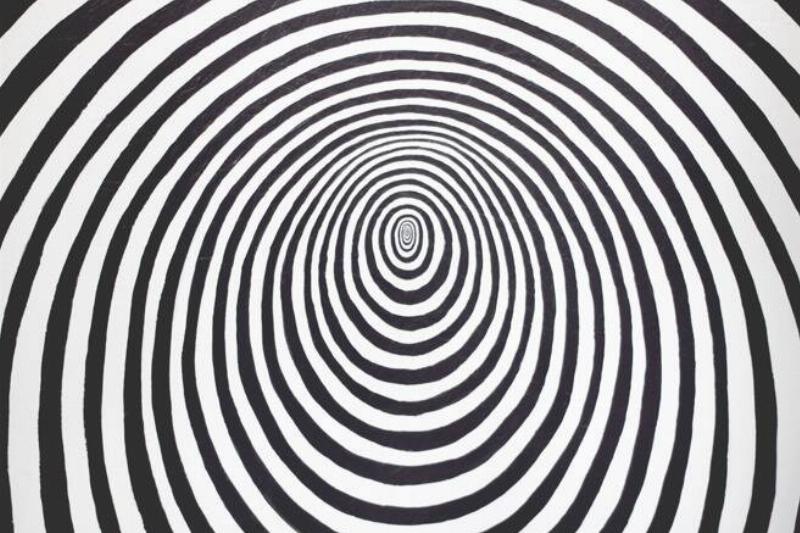
It's no surprise that optical illusions are created to trick the mind. We're meant to see movement when there isn't any, new figures forming between set shapes, one illustration being seen a number of different ways, etcetera.
All forms of illusion cause our brains to short-circuit and scramble themselves, leading to not only confusion but wonder from onlookers. How was this achieved? Why do our minds do this? What if it's not so much our brains, but our eyes that's causing the problem?
Choose A Hue

It doesn't always take elaborate drawings to cause our brains confusion, though. Back in 2016, a single color became the subject of fierce debate online as people simply couldn't decide what it should be classified as.
It all began when an eye care company conducted a survey in which participants were presented with a teal-like color and asked whether it was blue or green.
Over 1000 people took part in their study, with 64% claiming they saw the color as green and 32% claiming blue.
A New Vision

They were then shown the same color placed in between two different distinctly-blue swatches, after which 90% of participants said they now saw the color as green. Nearly everyone who said blue changed their minds after seeing the color in a new context.
"The vast majority were indeed correct," they reported once their study was over. "The shade is more green than blue."
However, people being right about the color wasn't really the point of this experiment.
What Helps Us See
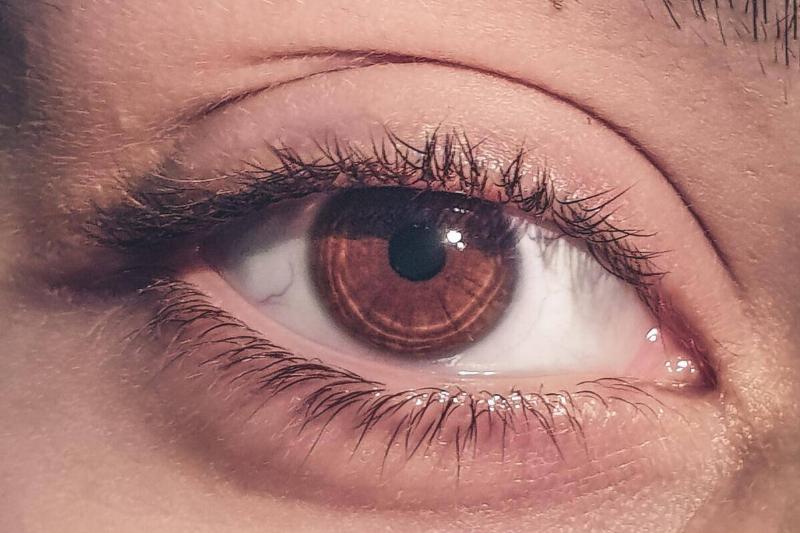
In their findings, the company reported that the results clearly show "how our visual interpretations of the world around us can differ quite sharply."
They're not wrong, either! Not only do we perceive things differently, but added context or circumstance can greatly alter how we see something, causing us to change our thoughts about it in an instant.
However, there's more to this color divide than just a change in surroundings, especially since it caused such a widespread debate at the time.
Unique Scenes
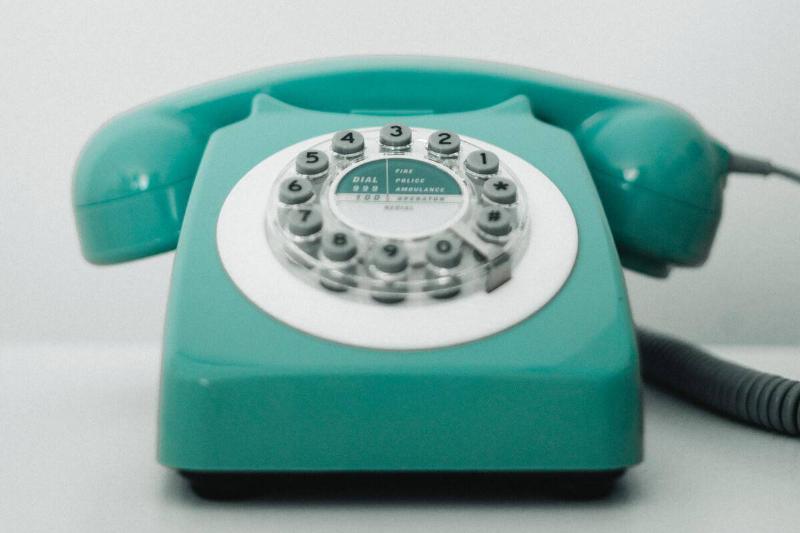
As it turns out, whether you see this color as blue or green can actually reveal some secrets about how your brain works.
When looking at this exact shade in the RGB color spectrum, the values of each color are 0 red, 122 green, and 116 blue. The green and blue counts are almost identical, which means it could easily be read as either on its own, but when next to more true blue tones, the green really comes through.
"Every single person is unique and as a result, our brains process information differently. Depending on how you interpret colours, one person might see it one way, while the very next person who looks at it might see it differently," said Stephen Hannan, Clinical Services Director at Optical Express.
All Around
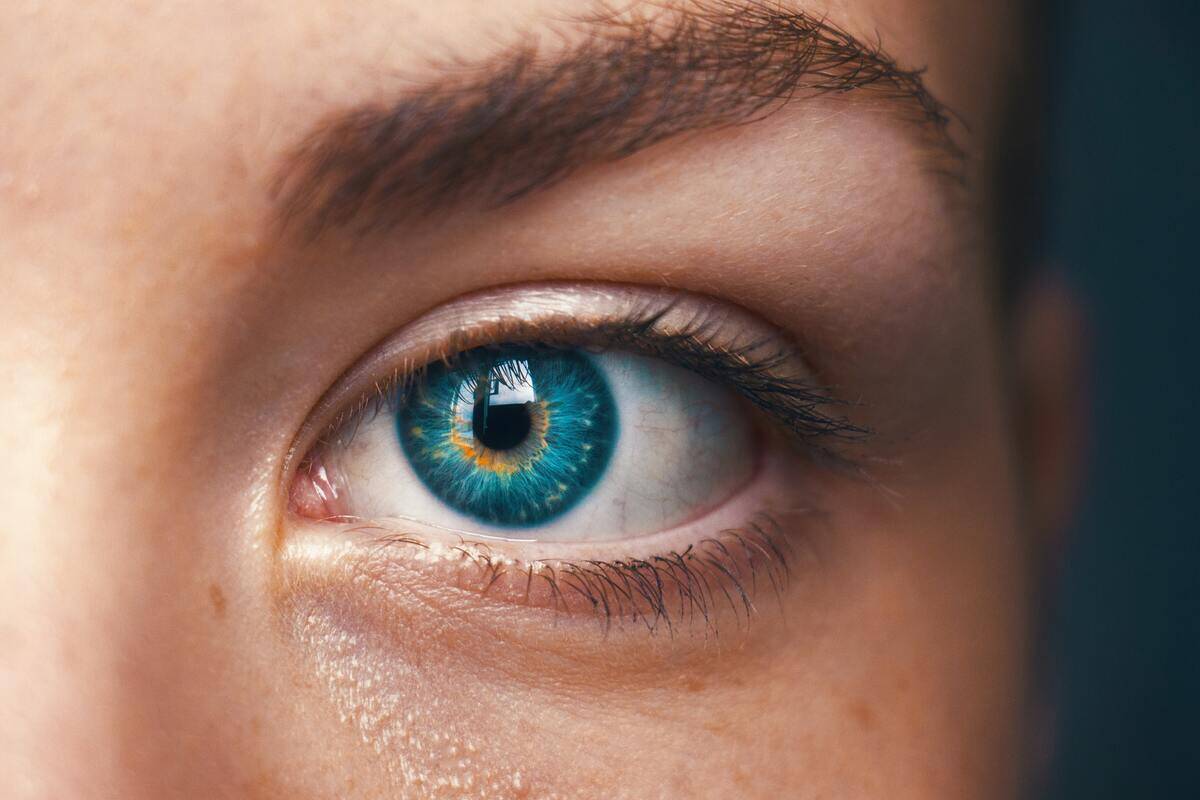
"Light enters the eye and hits the retina, which is the light-sensitive tissue at the back of the eye," Hannan explained. "The light is converted to an electrical signal which travels along the Optic Nerve to the Visual Cortex in the brain. The brain makes its own unique interpretation of this electrical signal."
"It is not surprising that many respondents changed their mind when seeing the colour in contrast to the two blue shades, as we perceive an object's colour based on a comparison to its surrounding shades, not on the actual colour itself."
Warning Signs

Turns out that illusions like this have practical use, and what color you see could be indicative of color blindness.
As to why it might take time for someone to even realize they have color blindness, Hannan said, "It's possible for colour blindness to go undetected depending on severity - as it’s impossible to see the world through another person’s eyes."
"Conditions such as protanomaly, deuteranomaly and tritanomaly can range from inconvenient to quite dangerous - often preventing those inflicted from pursuing certain careers."
Personality Breakdown
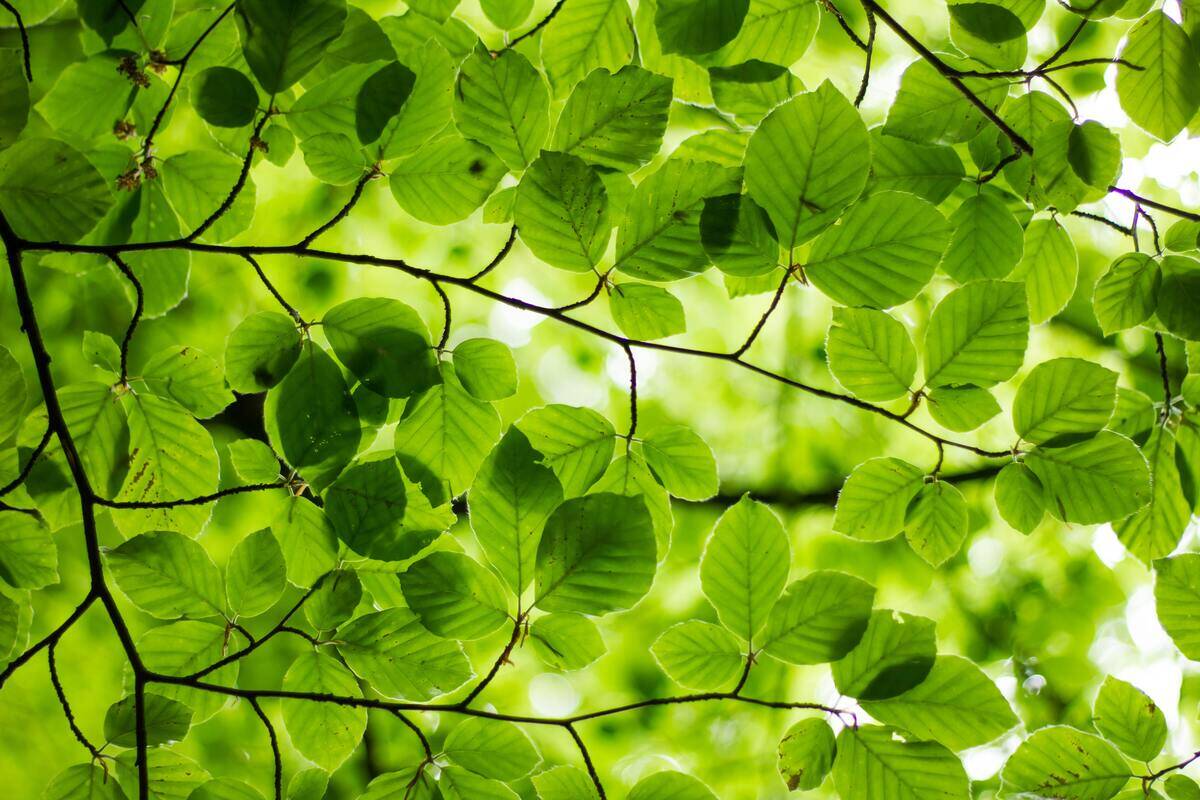
It's possible that your first inclination when looking at the color, whether you perceive it as blue or green, can also be swayed by your personal tastes. If your favorite color is blue, you're more wanting to see blue when unsure, so you might lean that way when deciding which color you think it is.
The color you pick might also provide insight into your values based on what that color is societally associated with.
Those who are more grounded may pick green, as they're more connected to the earth. They're steadfast and opinionated, but wise. Green viewers may also appreciate the material side of life, a little indulgent in their spending, but with a carefully curated taste.
Flow Like Water

Meanwhile, those who choose blue may be more of a dreamy, head-in-the-clouds type. They're tons of fun, have lofty ambitions, and could spend hours daydreaming about whatever tickles their fancy that day. They place value on feelings over objects, preferring to create their perfect vision rather than shopping for it.
Though the color leaned a bit green, given how many things can sway your interpretation of said color, there's really no wrong answer. From your personality to the literal quality of your eyesight, influence can come from the strangest places.
Things Can Change
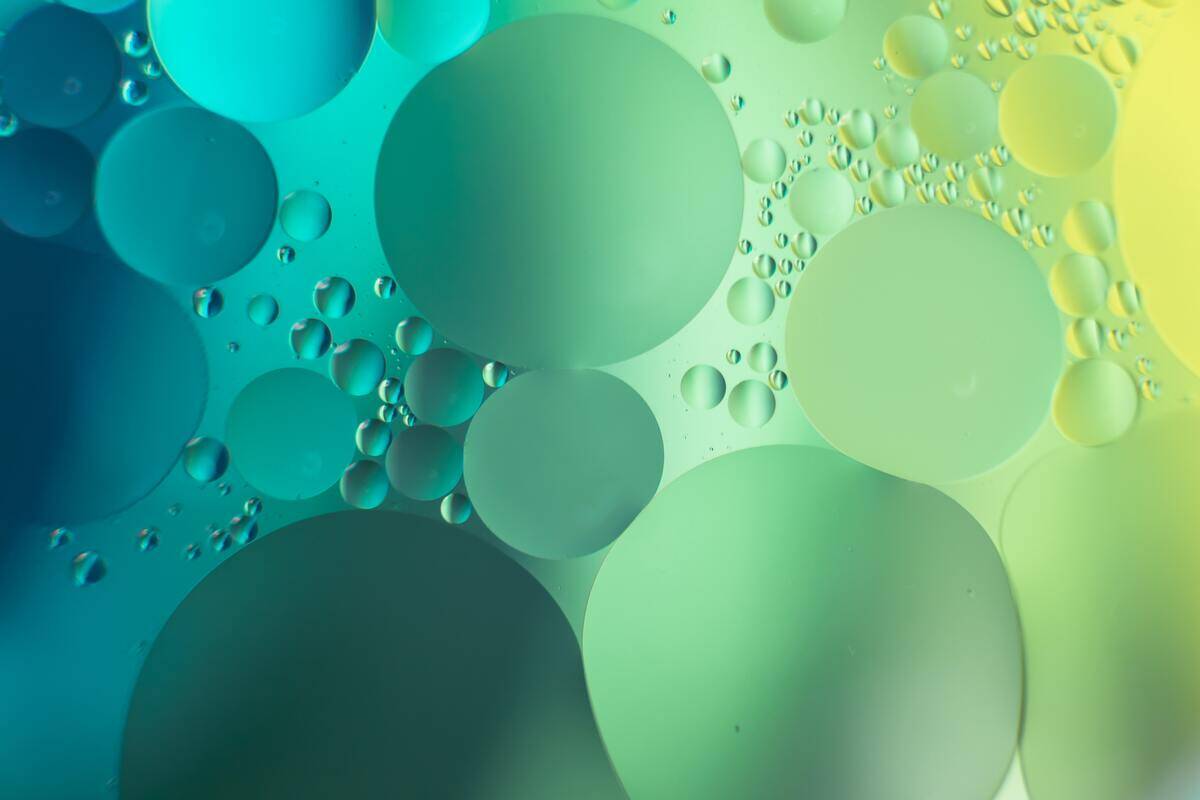
Looking at an experiment like this, it really does reflect not only our differences in eyesight but it can be scaled up to reflect how we interact with the world as a whole.
No two people will perceive anything in the exact same way, especially when it comes to such abstract, subjective spaces like art. It's important to remember that someone's upbringing, lifestyle, preferences, and myriad of other things can all influence how they experience the world around them. These are the contexts that affect perception of a presented color.
And these context can change! We're not fixed beings, immovable in the opinions we hold today. Anything can happen to or around us that could result in a shift of perspective.
Don't remain stuck in the face of this change, embrace it! How else will you see all the beautiful colors this world has to offer?
If you're looking for more information on your life and your individual sign, then you'll need your own zodiac reading. We're each on our own unique path and what some struggle with this season, might not be applicable to you too.
Understand your purpose and your potential so that you can take control of your emotions, your life, and your future by clicking HERE.





